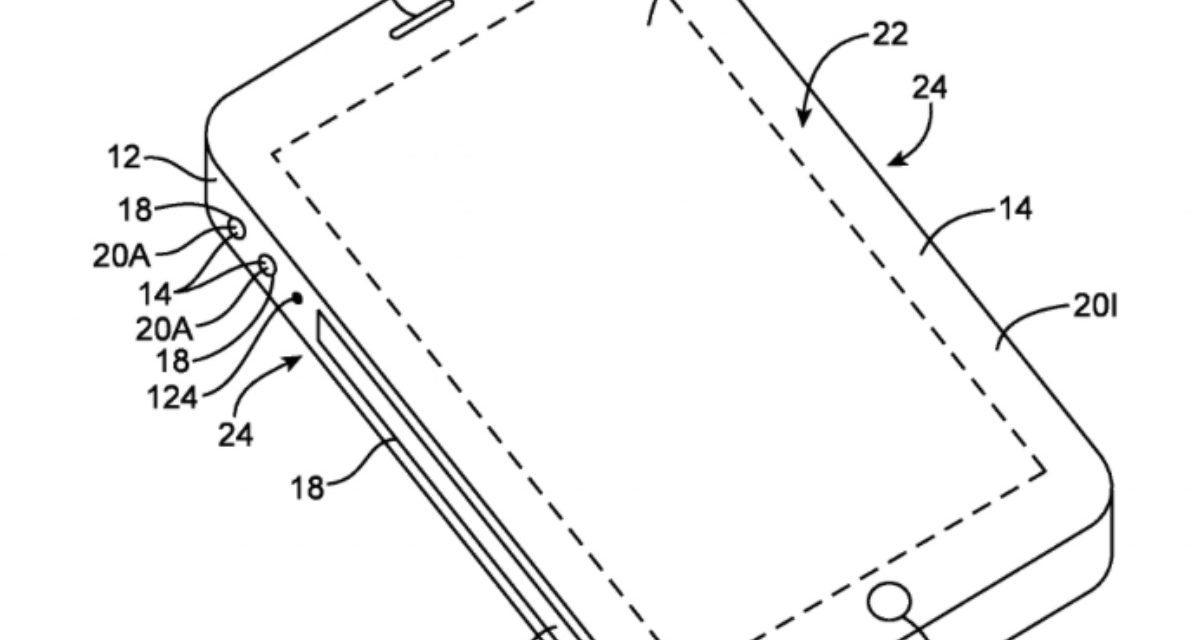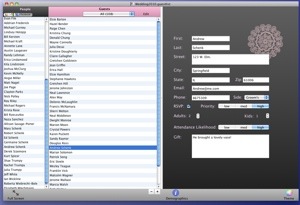Would you like an iPhone with a Touch Bar on its side? Such a smartphone could be coming. Apple has filed for a patent (number US 20230297200 A1) for “electronic devices with sidewall displays.”
About the patent filing
If we see such a device, it could be a flexible iPhone. The patent relates generally to flexible displays, and more particularly, to electronic devices with flexible displays. Of course, such devices are usually provided with rigid displays made from rigid display structures.
Conventional devices may also have input-output components such as buttons, microphones, speakers, and other components that receive or transmit tactile input from a user mounted on edges of the device away from the display. Tactile input components are often formed from sliding or reciprocating button members and associated electrical components such as switches.
Currently, flexible display technologies are available that allow displays to be flexed. For example, flexible displays may be formed using flexible organic light-emitting diode (OLED) display technology.
Apple says it would be desirable to be able to use flexible display technology to provide improved electronic devices with input-output components. One idea: a sidewall display that displays information and visual feedback that accepts input from a user. Sounds a lot like the late, lamented (well, by some) Touch Bar.
Summary of the patent filing
Here’s Apple’s abstract of the patent filing: “lectronic devices may be provided that contain flexible displays that are bent to form displays on multiple surfaces of the devices. Bent flexible displays may be bent to form front side displays and edge displays. Edge displays may be separated from front side displays or from other edge displays using patterned housing members, printed or painted masks, or by selectively activating and inactivating display pixels associated with the flexible display. Edge displays may alternately function as virtual buttons, virtual switches, or informational displays that are supplemental to front side displays. Virtual buttons may include transparent button members, lenses, haptic feedback components, audio feedback components, or other components for providing feedback to a user when virtual buttons are activated.”
Article provided with permission from AppleWorld.Today



